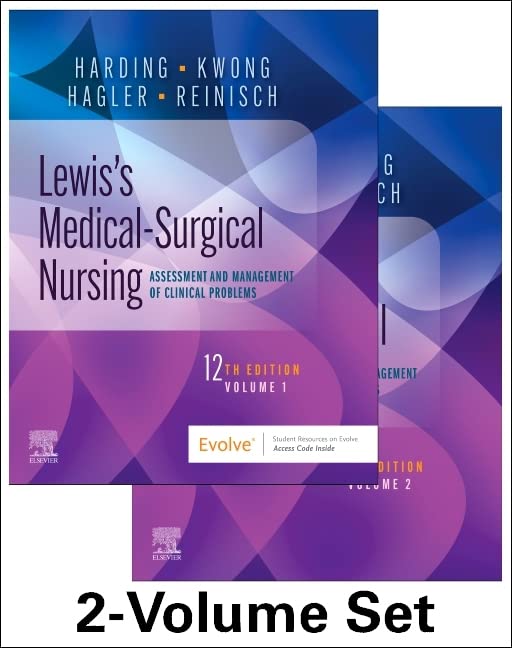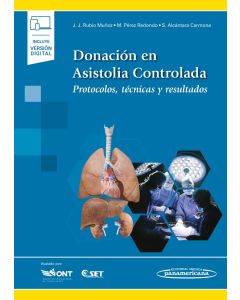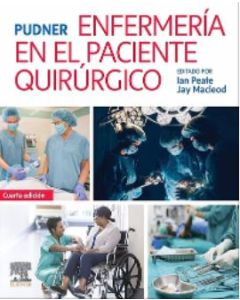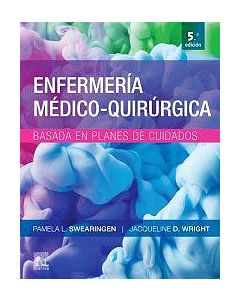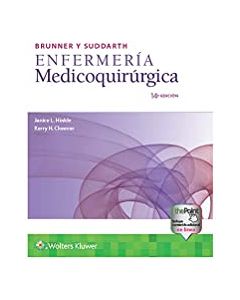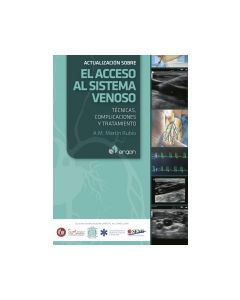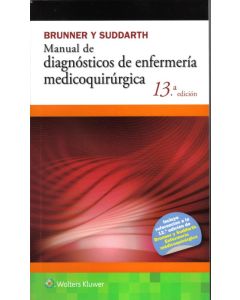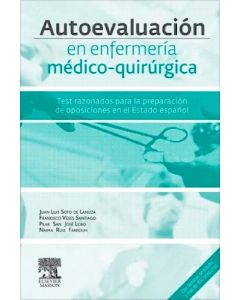Gain the knowledge and skills you need to succeed in medical-surgical nursing with this leading textbook! Lewis's Medical-Surgical Nursing, 12th Edition uses a conversational writing style, a focus on nursing concepts and clinical trends, evidence-based content, and basic pathophysiology review to provide the solid foundation needed in a rapidly changing healthcare environment. Comprehensive chapters cover topics including nursing management and collaboration, health promotion, acute interventions, and ambulatory care. Summary tables and boxes make it easy to find essential information, and a building-block approach makes even the most complex concepts simple to grasp. In addition to three new chapters, this edition includes a stronger focus on the nursing process, clinical judgment, and preparation for the Next-Generation NCLEX® Examination.
New to this edition
Enhanced focus on clinical judgment and preparation for the Next-Generation NCLEX® Exam (NGN) features Applying Clinical Judgment With Multiple Patients boxes with traditional and NGN-style questions.
Revised table of contents reflects critical care content throughout the book and adds new chapters including Supporting Ventilation and Caring for Lesbian, Gay, Bisexual, Transgender, Queer or Questioning, and Gender Diverse Patients.
Social Determinants of Health chapter focuses on nursing awareness of how patient circumstances affect health outcomes.
Clinical problems language replaces NANDA-I / ICNP diagnoses and better aligns with Harding & Hagler’s Conceptual Nursing Care Planning.
Case studies — now labeled with Cognitive Skills from the NCSBN’s Clinical Judgment Measurement Model — bring patient care to life, helping you develop skills in clinical judgment, prioritization, delegation, and evidence-based practice.
Conceptual focus for the patient experiencing infection or inflammation is included in the Infection chapter and the Inflammation and Healing chapter.
Updated content throughout reflects the latest evidence-based guidelines for patient care.
Streamlined features and content provide an optimized learning experience.
Key Features
Content written and reviewed by leading experts in the field ensures that information is comprehensive, current, and clinically accurate.
Interprofessional care is addressed in special Interprofessional Care sections and Interprofessional Care tables.
Bridge to the NCLEX® Examination review questions reinforce key content and include both standard and alternate item format questions to help you prepare for the NCLEX exam.
Coverage of cultural and ethnic health disparities highlights important issues such as risk factors, economic aspects, and access to health care.
Coverage of gerontology and chronic illness is addressed in a separate chapter and highlighted in special gerontologic tables.
Pathophysiology maps use flowcharts to outline complex concepts related to diseases, making them easier to understand.
Focused Assessment boxes provide brief checklists for a practical "assessment on the run" or bedside approach to assessment, and can be used to evaluate the status of previously identified health problems and monitor for signs of new problems.
Safety Alert boxes highlight patient safety issues and focus on the National Patient Safety Goals.
Nutritional Therapy tables summarize nutritional interventions and strategies for promoting healthy lifestyles.
Promoting Population Health boxes summarize health care goals as they relate to specific disorders such as cancer and diabetes, and identify strategies for health promotion.
Drug Therapy tables and Drug Alerts highlight important safety considerations for key drugs.
Check Your Practice boxes challenge you to think critically, analyze patient assessment data, and implement appropriate interventions.
Coverage of genetics includes a separate chapter on genetics, Genetics in Clinical Practice boxes covering disorders and genetic testing, risk alerts, and links to disorders.
Focus on patient and caregiver teaching shows how you can help patients and caregivers learn to manage chronic illnesses and conditions.
Ethical / Legal Dilemmas boxes introduce key topics such as informed consent, advance directives, and confidentiality.
Section One: Concepts in Nursing Practice
1. Professional Nursing
2. Social Determinants of Health NEW title/focus!
3. Health History and Physical Examination
4. Patient and Caregiver Teaching
5. Chronic Illness and Older Adults
6. Caring for Lesbian, Gay, Bisexual, Transgender, Queer or Questioning, and Gender Diverse Patients NEW!
Section Two: Problems Related to Comfort and Coping
7. Stress Management
8. Sleep and Sleep Disorders
9. Pain
10. Palliative and End-of-Life Care
11. Substance Use Disorders in Acute Care
Section Three: Problems Related to Homeostasis and Protection
12. Inflammation and Healing
13. Genetics
14. Immune Responses and Transplantation
15. Infection
16. Cancer
17. Fluid, Electrolyte, and Acid-Base Imbalances
Section Four: Perioperative Care
18. Management: Preoperative Care
19. Management: Intraoperative Care
20. Management: Postoperative Care
21. Emergency and Disaster Nursing
Section Five: Problems Related to Altered Sensory Input
22. Assessment and Management: Visual Problems
23. Assessment and Management: Auditory Problems
24. Assessment: Integumentary System
25. Integumentary Problems
26. Burns
Section Six: Problems of Oxygenation: Ventilation
27. Assessment: Respiratory System
28. Supporting Ventilation NEW!
29. Upper Respiratory Problems
30. Lower Respiratory Problems
31. Obstructive Pulmonary Diseases
32. Respiratory Failure and ARDS
Section Seven: Problems of Oxygenation: Transport
33. Assessment: Hematologic System
34. Hematologic Problems
Section Eight: Problems of Oxygenation: Perfusion
35. Assessment: Cardiovascular System
36. Hypertension
37. Coronary Artery Disease and Acute Coronary Syndrome
38. Heart Failure
39. Dysrhythmias
40. Inflammatory and Structural Heart Disorders
41. Vascular Disorders
42. Shock, Sepsis, and MODS
Section Nine: Problems of Ingestion, Digestion, Absorption, and Elimination
43. Assessment: Gastrointestinal System
44. Nutrition Problems
45. Obesity
46. Upper Gastrointestinal Problems
47. Lower Gastrointestinal Problems
48. Liver, Biliary Tract, Pancreas
Section Ten: Problems of Urinary Function
49. Assessment: Urinary System
50. Renal and Urologic Problems
51. Acute Renal Failure and Chronic Kidney Disease
Section Eleven: Problems Related to Regulatory and Reproductive Mechanisms
52. Assessment: Endocrine System
53. Diabetes Mellitus
54. Endocrine Problems
55. Assessment: Reproductive System
56. Breast Disorders
57. Sexually Transmitted Infections
58. Female Reproductive Problems
59. Male Reproductive Problems
Section Twelve: Problems Related to Movement and Coordination
60. Assessment: Nervous System
61. Acute Intracranial Problems
62. Stroke
63. Chronic Neurologic Problems
64. Dementia and Delirium
65. Spinal Cord and Peripheral Nerve Problems
66. Assessment: Musculoskeletal System
67. Musculoskeletal Trauma and Orthopedic Surgery
68. Musculoskeletal Problems
69. Arthritis and Connective Tissue Diseases
Appendixes
A: Basic Life Support for Health Care Providers
B: Nursing Diagnoses
C: Laboratory Reference Intervals
Index
Escribir Su propia reseña
